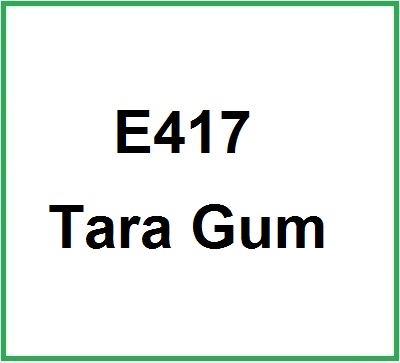![]() Caesalpinia spinosa gum
Caesalpinia spinosa gum
Rating : 7
Tara gum is obtained from a leguminous plant Caesalpinia spinosa and is also called Quechua in Peru, where there are the most extensive and important crops.It appears as a white odorless powder and is used in the automotive, furnishing, nautical and food industries.What it is used for and whereFoodIt is labeled with the number E417 in the list of E... (Read the full Tiiip)
8 pts from A_Partyns
| Evaluate | Where is this found? |
| "Descrizione" about Caesalpinia spinosa gum Review Consensus 8 by A_Partyns (12948 pt) | 2023-Mar-22 19:16 |
Tara gum is obtained from a leguminous plant Caesalpinia spinosa and is also called Quechua in Peru, where there are the most extensive and important crops.It appears as a white odorless powder and is ...
| Read the full Tiiip | (Send your comment) |
Read other Tiiips about this object in __Italiano (1)
Component type: Chemical Main substances: Last update: 2023-01-03 18:42:00 | Chemical Risk: |



